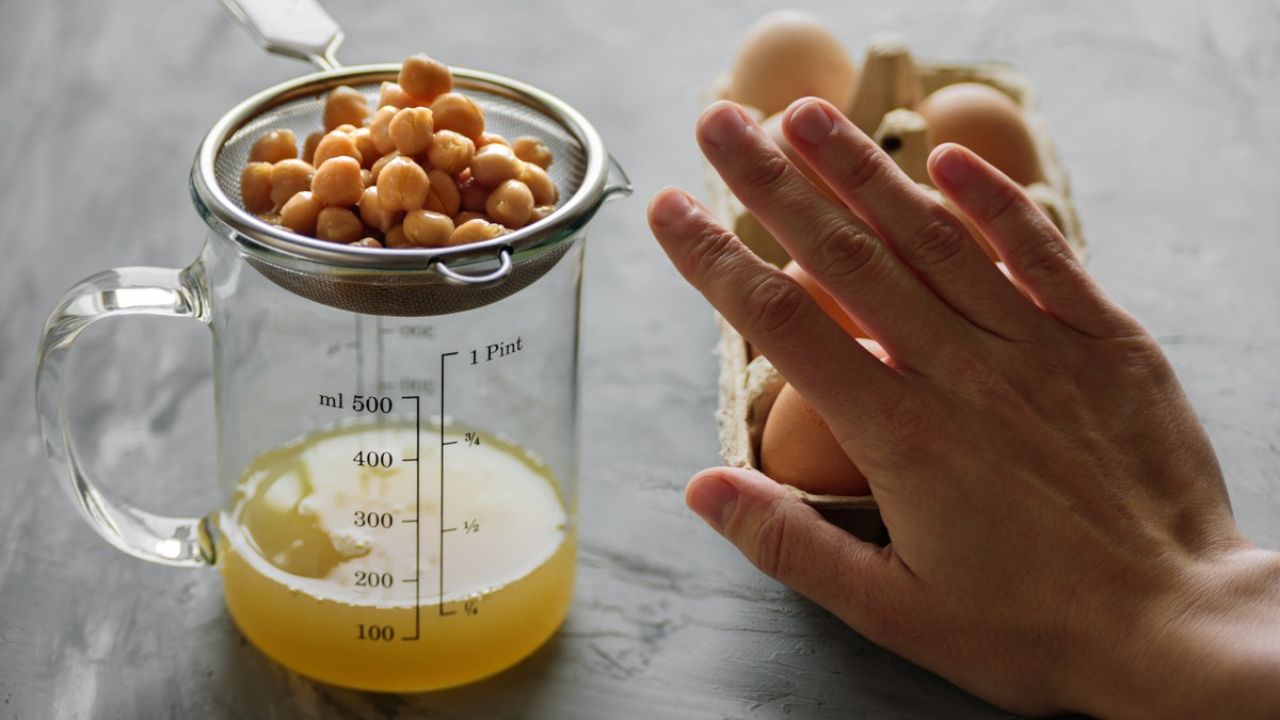Expert Low Carb Dieting
For a long time people thought that dietary intake of fat was what caused body fat stores; ‘eating too much fat is causing me to be fat’. However this is actually not true. You will find out very quickly that reducing fat from the diet will hardly make any difference to your weight or percentage of body fat. When you start manipulating carbohydrates is when you will start noticing changes and thus the low carb, low fat diet was born. The fact is its carbohydrates (dietary sugars and starches) that make you fat, not fat. Most low carb diets remove fat almost entirely, making it very easy to manipulate for performance needs. However taking all fat from the diet for too long is not smart and the body will begin to manifest deficiencies noted with certain symptoms. These are joint pain, dry skin and dandruff to name a few, but more serious problems can develop if all dietary fat is taken out for longer than 6 months. This is why it’s smart to keep the small percentage of fat in your low fat/low carb diet to be essential fat sources such as avocado, certain seeds and nuts. Supplements such as fish and flax seed oil capsules are also a must for your diet to remain healthy
It should be noted that just as being overweight and having too much body fat is considered unhealthy, the process of losing weight (whether slowly or quickly) should be a healthy process. Diets that cause extreme rapid weight loss can often be very unhealthy (and sometimes dangerous) and should only be practiced in certain conditions and under professional supervision. Losing weight at the expense of your health makes no sense. After an initial 7-12 pounds of weight loss in the first 3 weeks, losing 2 pounds/week is a healthy and very reasonable goal for all dieters. To do this, you must set up your program with certain very important parameters. The first and most detrimental is the amount of dietary protein you should consume. This is figured out with a body fat percentage measurement to determine one’s lean body mass. There are many ways to measure body fat percentage. Whether performed by the trainer at your gym, a nutritionist, your doctor or your spouse, this must be done so you can figure out how your daily protein intake required for your diet. This is the backbone of any and every weight loss diet and where you should start.
The amount of protein you take in daily will be a never-changing constant with all other constituents revolving around this. To figure this out, eat 1 gram of protein per pound of lean body and add 10. If lifting weights is also part of your nutrition program, then eat 1 gram of protein per pound of lean body mass plus 15-20 grams. For example if your lean body mass is 150 lbs., you should eat between 160-170 grams protein/day and this should not change regardless of your activity level or other constituents in the diet. When setting up the amount of carbohydrates to eat on your diet, cycling your carbs works best. While the whole program is considered a ‘low carb diet’, every day is somewhat low carb, however you will have some days that are higher carbs than others. When choosing the amount of carbohydrates to eat, determine this from your current bodyweight and not your lean body mass measurement. For average/high carb days, multiply your current bodyweight by.9 and this will give you how many grams of carbohydrates to consume during the day. For low carb days, multiply your bodyweight by.5. For example a 225 lbs. man will eat ~200 grams carbs on the average day and ~100 grams on the low carb day.
Cycling low and high carb days is extremely important for the continuance of weight loss. Do not do more than 2-3 low carb days in a row. Doing so can disrupt your metabolism and drastically slow your weight loss down. If you eat too little calories for too long, the body will think its starving and begin to hold onto everything it has, causing weight loss to come to a halt. Schedule low carb days in the week based around your training program or work schedule for the best results. For example, if you lift weights on Monday, Wednesday and Friday, these are better days for higher carb intake so your muscles have glycogen for lifting. For a schedule like this, choose Sunday, Tuesday and Thursday for low carb days and focus on hard fat burning cardio sessions. Keep in mind low carb days often make you feel sluggish and mentally slow so they may not be best scheduled on the day of your big presentation if possible.
Besides cycling low and high carb days through the week, another very effective strategy is to stagger your calories throughout the day. Weight loss will be faster and more efficient if you front end load your calories by eating starches in the first part of the day and then switching to fibrous carbs later. If you eat 5 meals/day, eat starchy carbohydrates in your first three and only fibrous carbs in your last two. It’s best to make the first three meals of the day your highest calorie, then the last two should be smaller. This will fuel your day and as most your activities wind down toward the night, so should your caloric intake. Space your meals as evenly throughout your day as possible and try to have your last meal at least 4+ hours before going to bed. Your weight loss will be best and fastest if you are starving at night and famished as soon as you wake up. If you aren’t hungry at night, you’re eating too late and will have trouble losing significant weight.
Carbohydrate choices should be limited to only clean, natural starches and green fibrous vegetables. Some starchy vegetables such as squash can also be eaten however should be consumed no later than lunchtime. Pasta is processed and not the best choice. Oatmeal, brown rice and sweet potatoes are all excellent. If body fat loss is your goal, fruit is not a good dieting choice. Fruit is a simple sugar and burned before any fatty acids; this means if you eat it, the body will choose it as its energy source before it chooses body fat. However fruit is very refreshing, fat-free, natural, has lots of vitamins and does wonders for curbing a sweet tooth. If you choose to eat fruit, do not eat it after lunch time. This will give your body time to burn it off and be done with it during the day. The best fruits to use are berries as they are very low carb/low calorie and have wonderful anti-oxidant properties. Avoid any types of dried fruits as these are nothing but candy as far as a fat-loss diet goes.
Finally, give yourself a realistic time period to lose weight. Choose a diet program for no longer than 12 weeks at a time, with a goal of losing at least 2 pounds/week. If you have more than 30 pounds to lose, break it up into more than one program. Plan to have one cheat meal every week where you come off the diet and satisfy your cravings with a good dinner out somewhere. Let this be a reward for your hard work during the week. This is very important as it lets your mind rest from the grind of constant dieting and gives you something to look forward to. One high calorie meal/week will also let your body know it’s not starving so it will continue losing weight while you continue more low calorie eating. Cardio is also a must and should be done incessantly if body fat loss is your goal. Weight lifting is also very important to keep up lean body mass and shape the body however cardio + dieting is what will keep the scale moving in the right direction.


